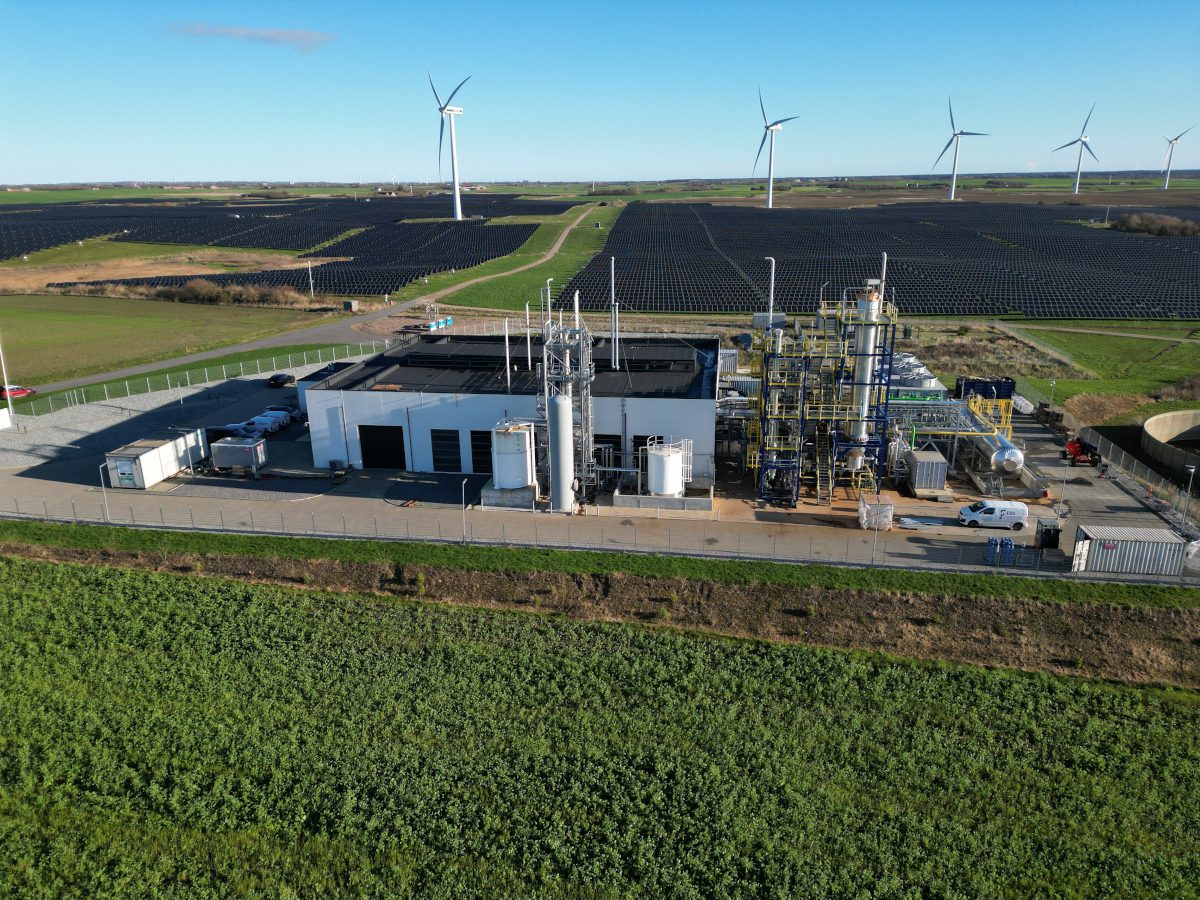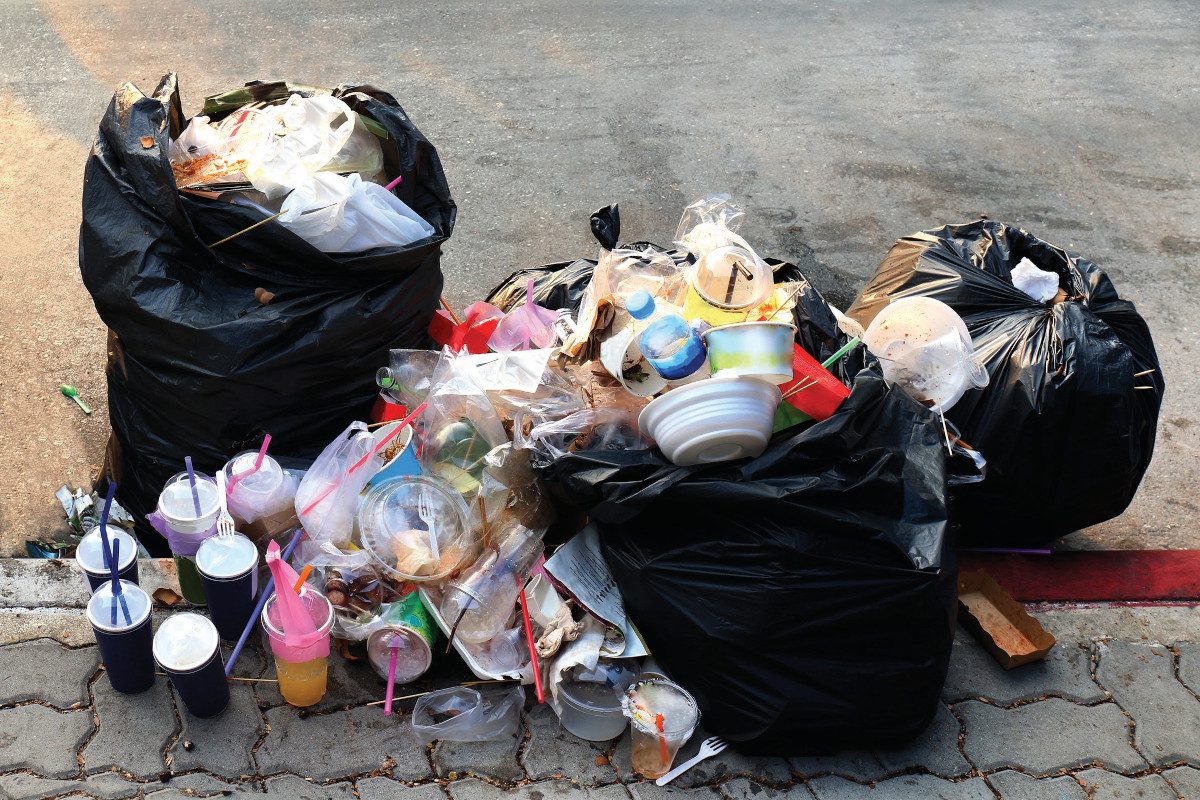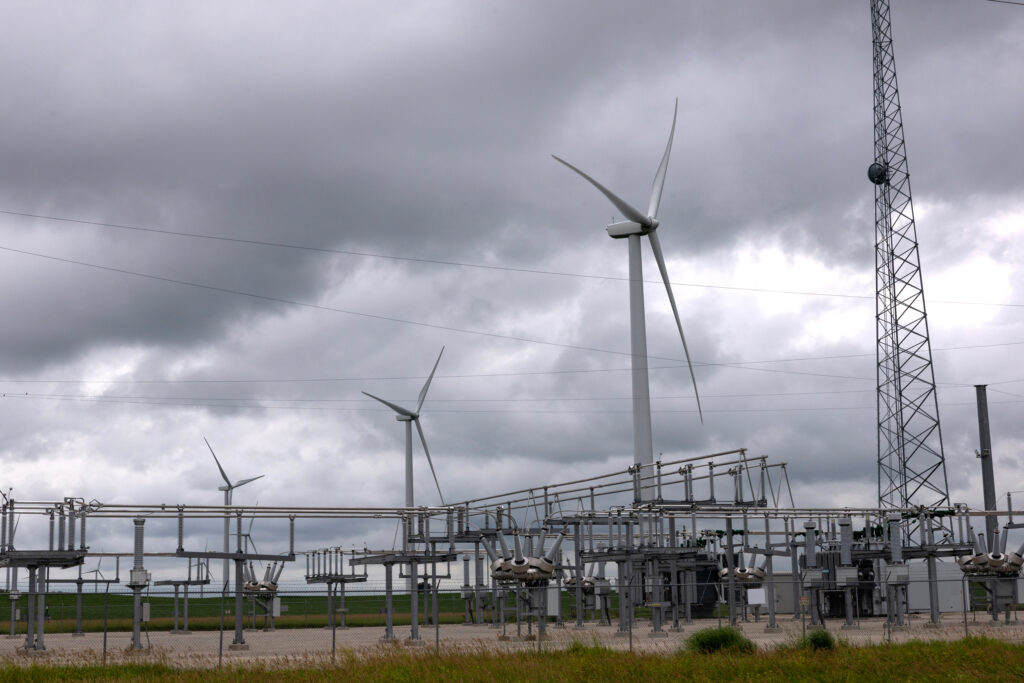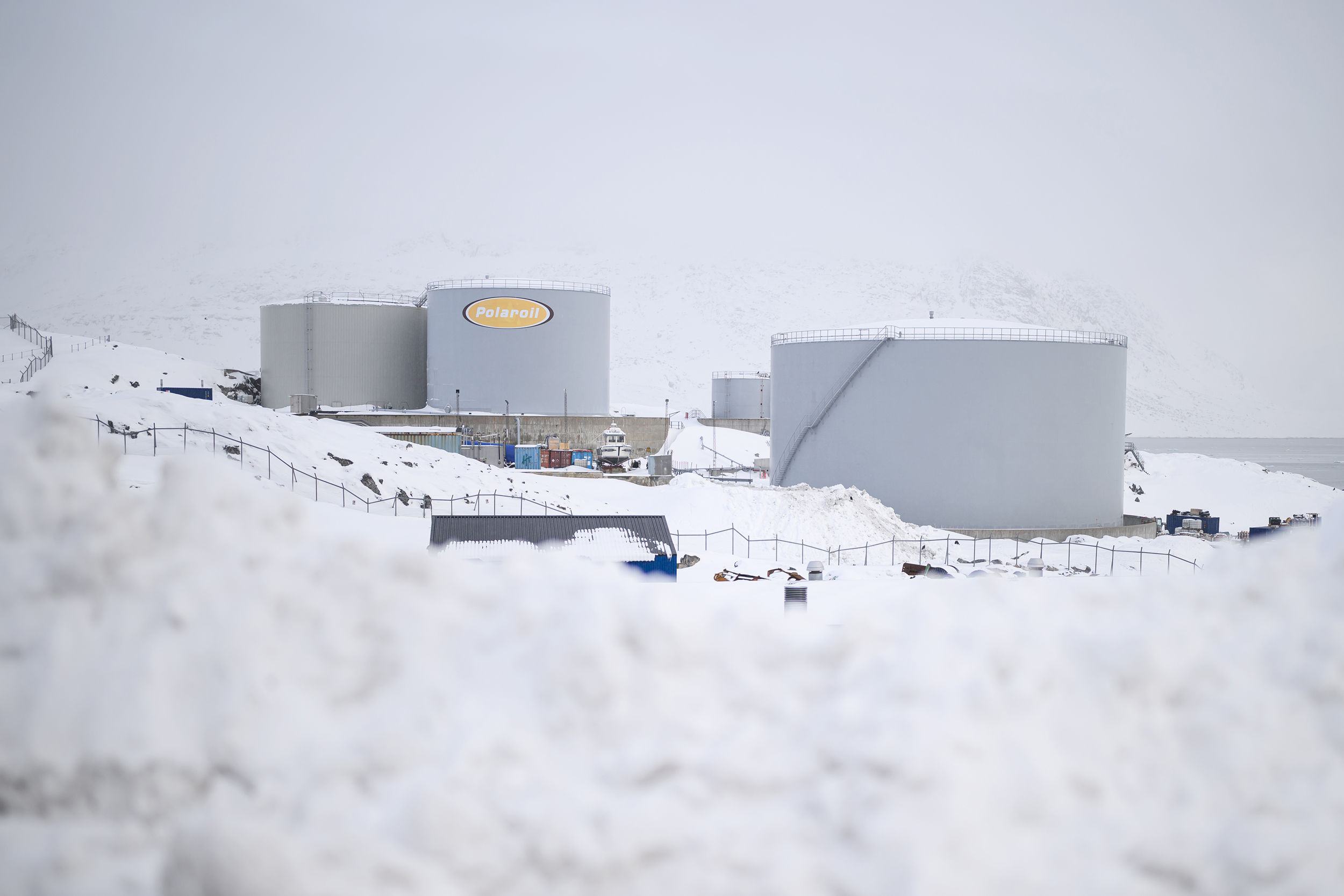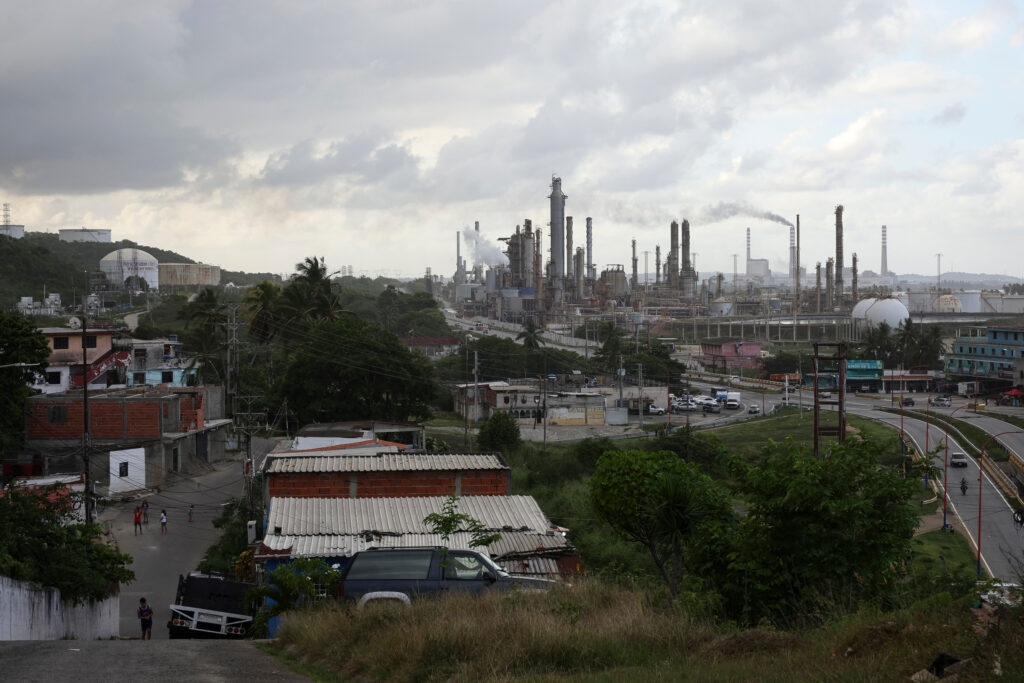A new collaborative study has shown that plastic and non-stick cookware can release microplastics into food during food preparation, with the study investigating the extent to which non-plastic, new plastic and old plastic cookware can contaminate food.
Microplastics can be produced by the degradation of larger plastic items or the direct release of tiny plastic particles. It is known to affect ecosystems worldwide, from the depths of the ocean to remote mountaintops, and has even been found in human organs.
Human uptake of microplastics can occur via inhalation of airborne fibres or ingestion of microplastic-contaminated foods and beverages.
Often containing harmful chemicals, microplastics contaminate water bodies, soil, and air, posing health concerns for both wildlife and humans.
This latest study was undertaken by Plymouth Marine Laboratory (PML), NORCE Norwegian Research Centre, SALT Lofoten and the Norwegian Institute for Water Research (NIVA).
Lead author Dr Matthew Cole, Senior Marine Ecologist and Ecotoxicologist at PML, said: “Our new study investigated the extent to which commonly used plastic cookware – including plastic food containers, chopping boards and utensils, and non-stick pans – can contaminate food through the release of microplastics. We also investigated the extent to which ‘new’ or ‘old’ plastic cookware and utensils can release microplastics, and whether the age or condition of the cookware made a difference in how many plastic particles were released.
To carry out the study, we used jelly as a proxy for food. Using jelly allowed us to imitate food preparation steps using its solid and liquid states. It also allowed us to more easily find any microplastics released from the cookware.”
The ‘food’ was prepared using either non-plastic, new plastic or old plastic cookware. The non-plastic cookware was made of stainless steel and glass, whereas the plastic cookware comprised plastic chopping boards, utensils and containers, silicone-coated utensils and polytetrafluoroethylene (PTFE) coated, non-stick pans. Non-plastic and new plastic cookware were purchased from domestic suppliers, while old plastic cookware was sourced from home kitchens, using equipment of similar polymer and morphology wherever feasible.
The food simulant was prepared with food processing methods commonly used in home kitchens, including heating, cooling, cutting, whisking and storage.
“Particles were extracted from the food simulant by liquifying and filtering the jelly, and then characterised using Micro Fourier Transform Infrared Spectroscopy imaging which provided the number, size and shape of microplastics present in the food simulant,” says NORCE researcher Dr Alessio Gomiero.
“Identification of polymer types and measurement of particle sizes were performed using an Infrared Imaging Microscope, which allows the detection of microplastics greater than 15 μm (0.015 mm). Additionally, the smallest and longest dimension of each particle was recorded.
Co-author Dr Amy Lusher of NIVA Norway added, “Much of the concern of microplastics in food products has grown from the presence of microplastics in seafood. We set out to look at alternative sources of microplastics to the human diet. Since much of our food preparation happens at home, the kitchen was a logical, yet overlooked, place to investigate.
Our results were concerning – showing that plastic cookware is likely adding thousands of microplastics into the human diet each year. Furthermore, it found that new and old plastic cookware significantly increased microplastic load in prepared food.
Assuming a meal was prepared daily per the prescribed methodology, new and old plastic cookware may be contributing 2409–4964 microplastics per annum into homecooked food. Non-plastic cookware did not introduce microplastics into prepared food.”
“The health implications of ingesting microplastics remains unclear.”
Access the paper: Microplastic and PTFE contamination of food from cookware.






